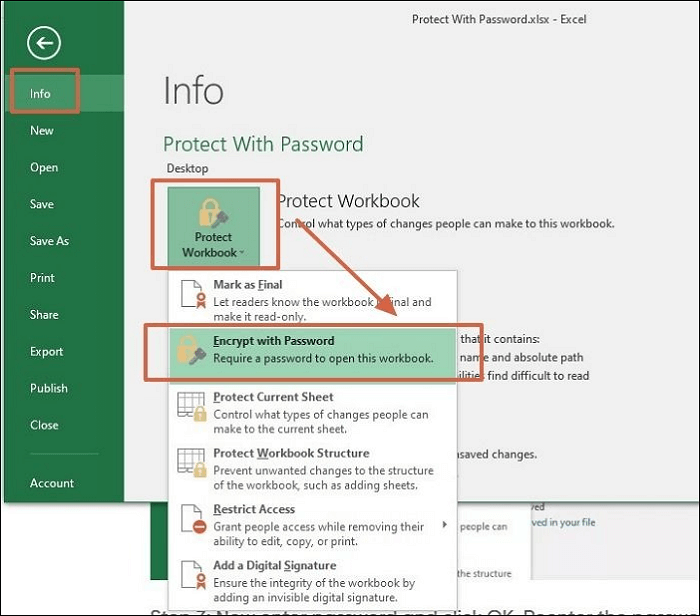5 Ways to Safeguard Your Excel Sheet from Deletion

In today's data-driven world, Excel remains an indispensable tool for individuals and organizations alike. Whether you're managing financial data, maintaining inventories, or compiling research, keeping your Excel sheets safe from deletion is crucial. In this post, we'll explore 5 effective ways to safeguard your Excel spreadsheets, ensuring that your vital information is always accessible.
1. Password Protection


One of the simplest yet most effective methods to prevent unauthorized access or deletion is by using password protection. Here’s how you can apply it:
- Open your Excel file.
- Go to File > Info > Protect Workbook > Encrypt with Password.
- Enter a strong password and confirm it.
🔒 Note: Remember your password or use a password manager to keep track of it since Excel has no way to recover it if forgotten.
2. Read-Only Mode

If you want to share your Excel file for viewing but not for editing, setting it to read-only can be a good strategy:
- Go to File > Save As.
- Choose where to save your file.
- Click on Tools > General Options.
- Under the ‘Protection’ tab, check Read-only recommended.
3. Backup Frequently


Regularly backing up your Excel files not only protects against accidental deletions but also against file corruption or system failures. Here are some backup strategies:
- Use AutoRecovery in Excel to automatically save temporary versions.
- Set up a scheduled backup on your computer or external drives.
- Use cloud storage solutions like OneDrive, Dropbox, or Google Drive for real-time backups.
🌐 Note: Cloud storage provides an additional layer of security by storing your data in different locations, which also aids in recovery from physical hardware failures.
4. Version History

If you’re using cloud services like OneDrive, you can leverage the version history feature:
- Right-click on your file in OneDrive or SharePoint.
- Choose Version History.
- You can restore an earlier version of your Excel file if it gets deleted or corrupted.
🕒 Note: Version history is a double-edged sword. Ensure access is controlled since unauthorized users could revert to older, potentially sensitive versions of your data.
5. Document Inspection


Before sharing your Excel sheet, use document inspection to remove personal or hidden data:
- Go to File > Info > Check for Issues > Inspect Document.
- Click Inspect.
- Review and remove any items that could pose a security risk.
Ensuring Comprehensive Protection

In conclusion, safeguarding your Excel sheets from deletion is about being proactive with multiple layers of security. From password protection to maintaining regular backups and utilizing cloud storage features like version history, each method adds a level of protection. By implementing these strategies, you can ensure that your valuable data remains secure, recoverable, and accessible, thereby preventing the loss of critical information and maintaining the integrity of your work. This layered approach not only protects against accidental deletions but also fortifies your data against unauthorized access and alterations.
What should I do if I forget my Excel password?

+
If you forget your password, there isn’t much you can do since Excel doesn’t provide a password recovery mechanism. Using a password manager or keeping a backup of the password in a secure place is highly recommended.
Can I still edit an Excel sheet that’s in read-only mode?

+
When you open a file set to read-only, you can save changes to a new file or click on the “Edit Anyway” option to make changes to the existing file, though it might lose some of its security benefits.
How often should I backup my Excel files?

+
Frequent backups depend on how critical the data is. For most users, daily backups or real-time cloud backups are recommended. For highly volatile data, consider setting up automatic backups every few hours.